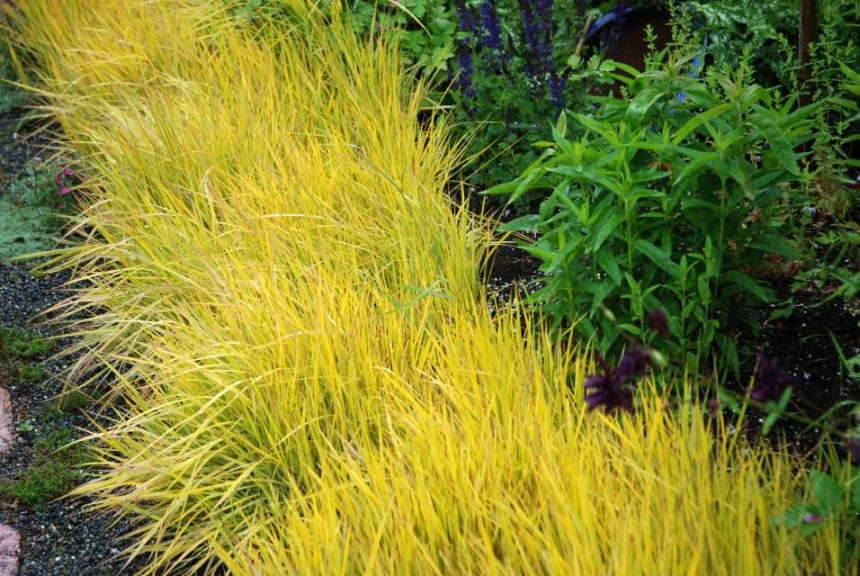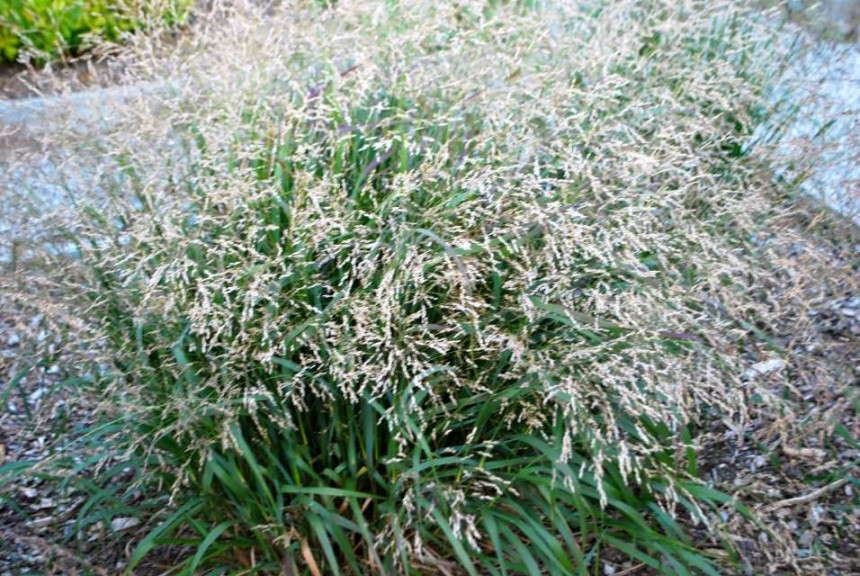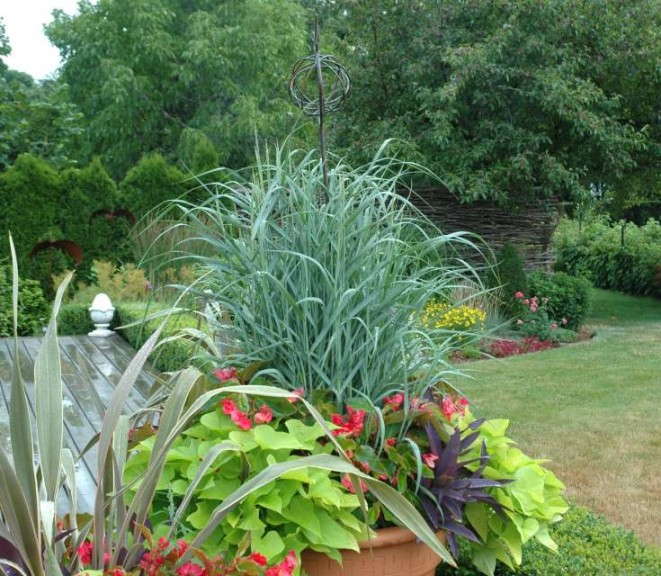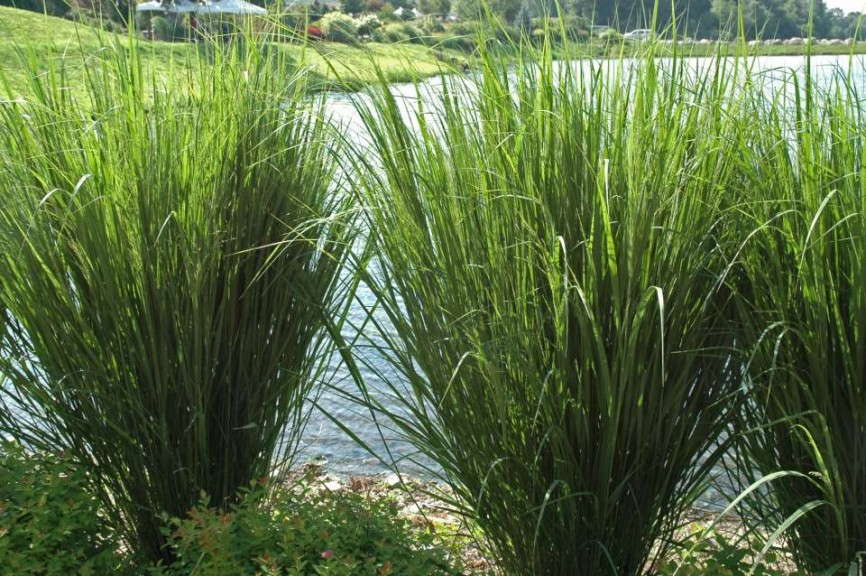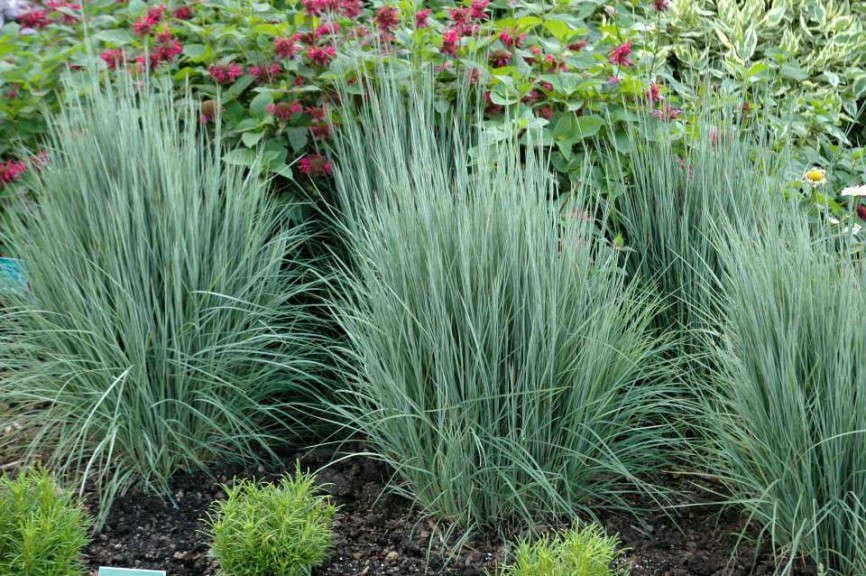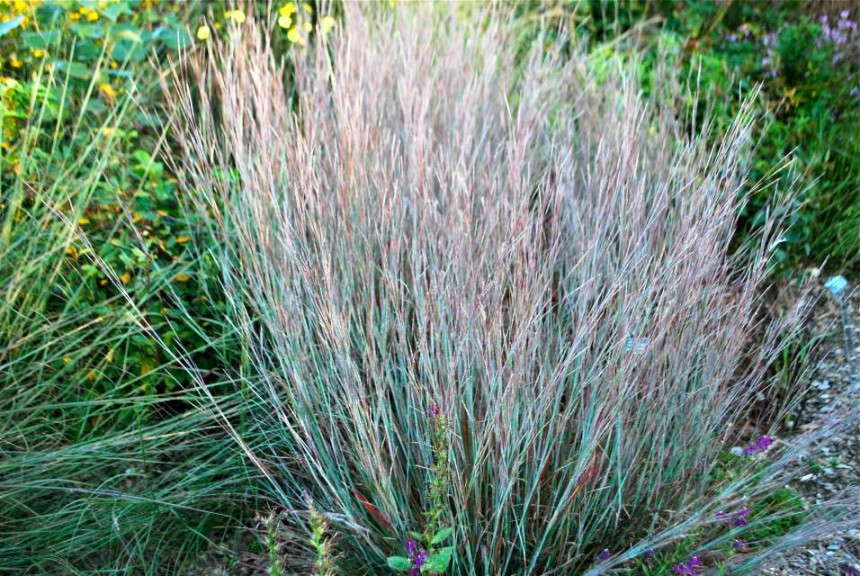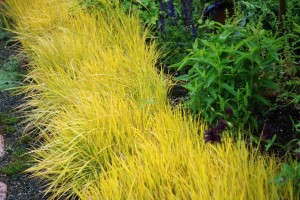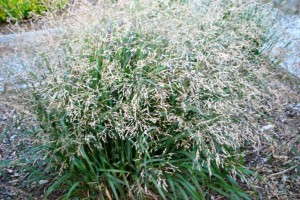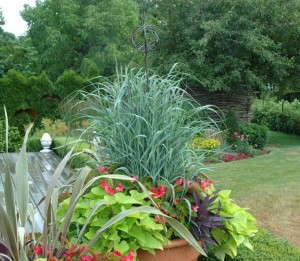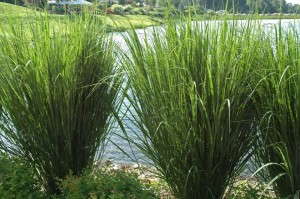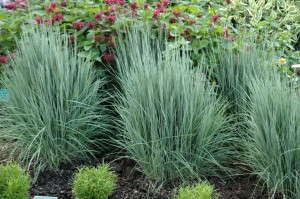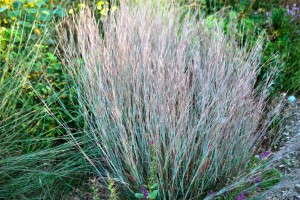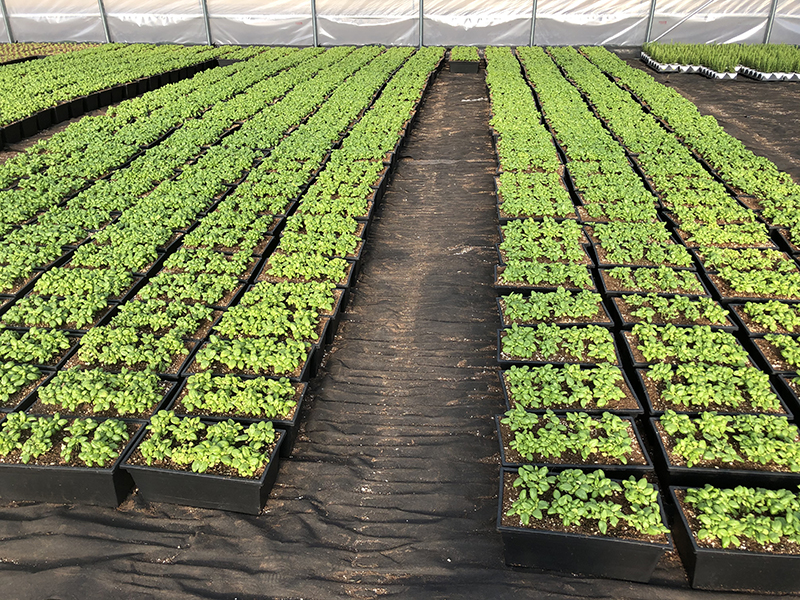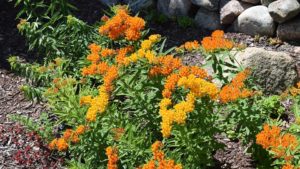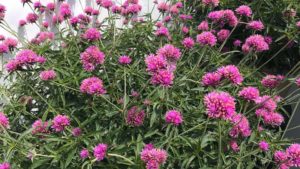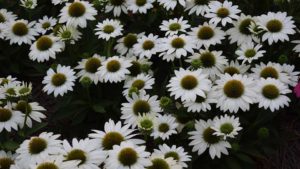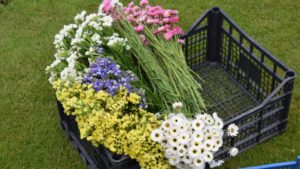Ornamental Grasses Bring Low Maintenance To The Landscape
Low maintenance, low maintenance low maintenance! If any two words reflected the mindset of landscapers, gardeners and decorators, it’s these.
Last month, I wrote about carex, a grass-like group of plants that is soaring in sales because of its foliar color and — yes, you guessed it — low maintenance.
In this column, I want to mention a few other grassy choices, some I see as declining, others that are steady and a couple that are on the rise.
[blackoutgallery id=”65884″]
A Declining Favorite
Our favorite grass, miscanthus, has been the giant of plant sales ever since ornamental grasses came on the scene. They have all the attributes of great plants — ease of propagation, weather tolerance and diversity of form and color. Unfortunately, the entire genus has been painted with the “invasive” brush. That is to say, seedlings have been appearing in many parts of the country, and people see it as one more threat to an already threatened ecosystem.
This is unfair because many cultivars are available that are essentially sterile, or go to seed so late that the seeds cannot form in most climates. (See “Eco-Friendly Miscanthus Cultivars” sidebar for a list of preferred cultivars and check with your grower or supplier for additional sterile introductions.)
Nevertheless, instead of being accepted without second thought by city planners, landscapers and gardeners, miscanthus are debated and may often be eliminated. It is still one of the finest perennials in our palette, but be prepared for the invasive argument.
Rising To The Mainstream
Panicum. Switch grass has been enjoying a meteoric rise, and while its trajectory is not as steep as a few years ago, it is still immensely popular. The main assets are toughness, ease of propagation and growth, availability and most important, nativity. Every landscape designer, landscape architect and city planner knows that panicum is an American native, and as natives become more important, switch grasses are listed first.
Those choosing plants are also aware that newer, more compact nativars like ‘Cape Breeze’ are available, and this one is excellent, providing even more compactness and less maintenance. If that were not enough to keep switch grass rising, the selection of ‘Northwind’ as the 2014 Perennial Plant of the Year will only enhance the entire genus.
Schizachyrium. Little blue stem suffers from a double-whammy — a totally unpronounceable name and confusion with its cousin big blue stem or andropogon. Neither grass has taken the mainstream retailers by storm but both genera have been rising on the coattails of the native plant movement. However, little blue stem is quietly surpassing many other grasses and is, without a doubt, a mainstream grass.
With excellent compact forms, good weather tolerance and new breeding, I expect to see little blue stem appear far more on landscape drawings in the future. The other thing that has been needed is a new selection for people to get behind. While ‘The Blues’ has been a very fine selection, the new nativar ‘Standing Ovation’ is outstanding and can be a game changer.
Others. In the north, grasses like calamagrostis ‘Karl Forster’ will always be strong; in the south, additional nativars of muhlenbergia such as ‘White Cloud’ are allowing this genus to rapidly gain steam. In the far north, (northern Canada, Alaska), I expect to see more golden foxtail grass, alopecurus, appear in landscapes and gardens. It is a good substitute for Hakone grass in colder climates.
For Fabulous Grasses
There are no barriers to sourcing grasses. Extraordinary nurseries like Emerald Coast Nursery, North Creek Nurseries and Hoffman Nursery provide plant material and expertise.




